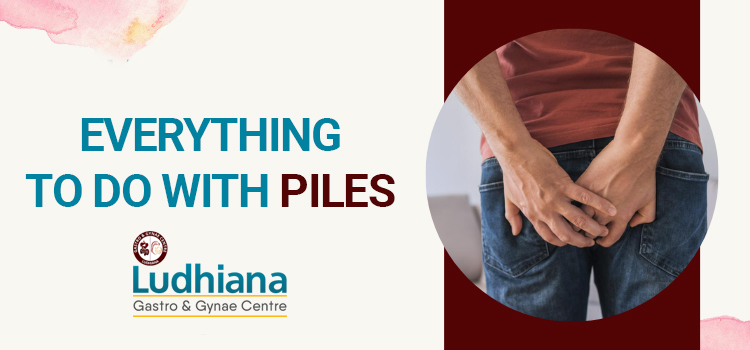Piles Treatment
Are you uncomfortable with a bowel movement in and around the anal cavity or sitting? It’s one of the major signs of piles. The pile’s prevalence rate is higher among all age groups, although more common among pregnant women and older adults. With the booming count of over 10 million cases of piles in India every year, you need to get prompt assistance from a medical expert. The expertise of medical professionals ensures you get the most effective and appropriate Piles Treatment in Ludhiana for managing your situation.
Let’s have a deeper understanding of piles
Piles (Haemorrhoids) are inflamed and swollen veins in the rectum area. The problem will put increased pressure on veins present in the rectal area. If you suspect this problem, consult one of the best gastro doctor in Ludhiana to ensure everything can effectively be managed. In some cases, bleeding piles can be the reason behind infection and makes it essential to get medical treatment on time. Otherwise, the problem can go to severe stages over time.
Types of Piles
Depending on locations, the haemorrhoids are divided into different types:
- Internal haemorrhoids
Internal haemorrhoids are present inside the rectum, which means it’s difficult to feel or see them. In many cases, there’s no pain, and bleeding can be a major sign of this type.
- External haemorrhoids
External haemorrhoids are present under the skin around the anus area. As the area involves pain-sensing nerves, it’s essential to seek treatment immediately. You may experience bleeding and hurt.
Common signs and symptoms of piles
In many cases, the individuals don’t experience piles symptoms, and some of the most common ones are:
- Pain or discomfort when you sit
- Soreness and redness around the anus area
- Itching and irritation around the affected area
- Bleeding following a bowel movement
- Mucus discharge during defecating
- Painful lumps or swelling around the anus area
All in all, you need to be mindful about getting proper medical attention and ensure the symptoms are addressed effectively.
Treatment options for piles
In some cases, there’s no need for piles treatment, and the condition gets better on its own. But, you must consult the doctor to understand how to handle the situation effectively. Some of the known ways that work best for piles treatment are mentioned below:
- Taking care at home during piles
For pain relief, you should take warm water for 10 minutes, or you can keep a warm water bottle. These methods work as pain relief and limit irritation. Do not rub the area or apply any lotion.
- Diet change
Piles are related to chronic constipation, so make sure to have food that helps the stool soft and reduces strain. Make sure to follow the given necessary tips like increase water intake, do not have caffeinated drinks, and increase fibre intake in the diet like vegetables, fruits, and wholegrain bread
- Undergoing surgery
Although, only 10% of cases of piles require surgery. Your doctor can tell you better whether your condition needs surgery or not. Some known signs of surgical preference are intense pain, prolapsed haemorrhoids, excessive bleeding, and tissues not getting enough blood supply.


